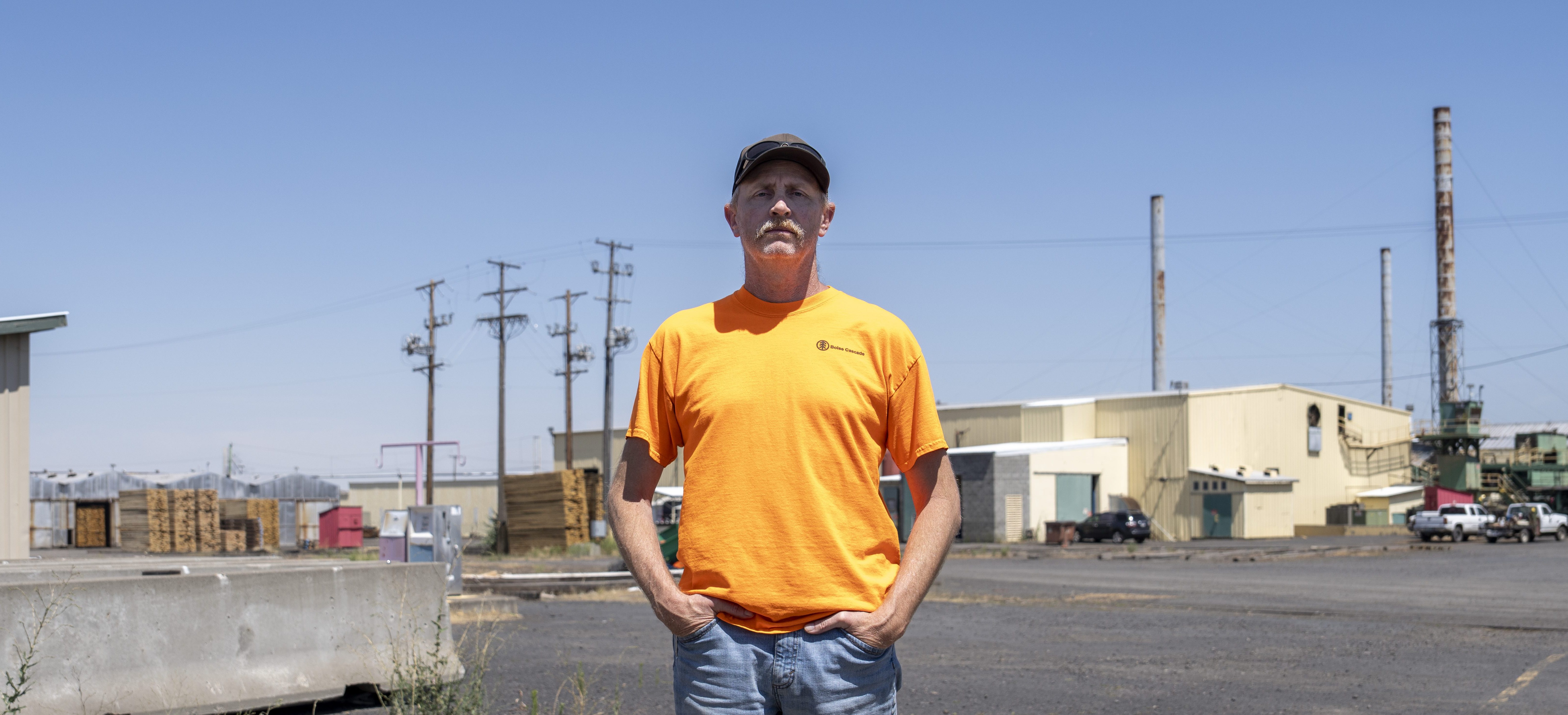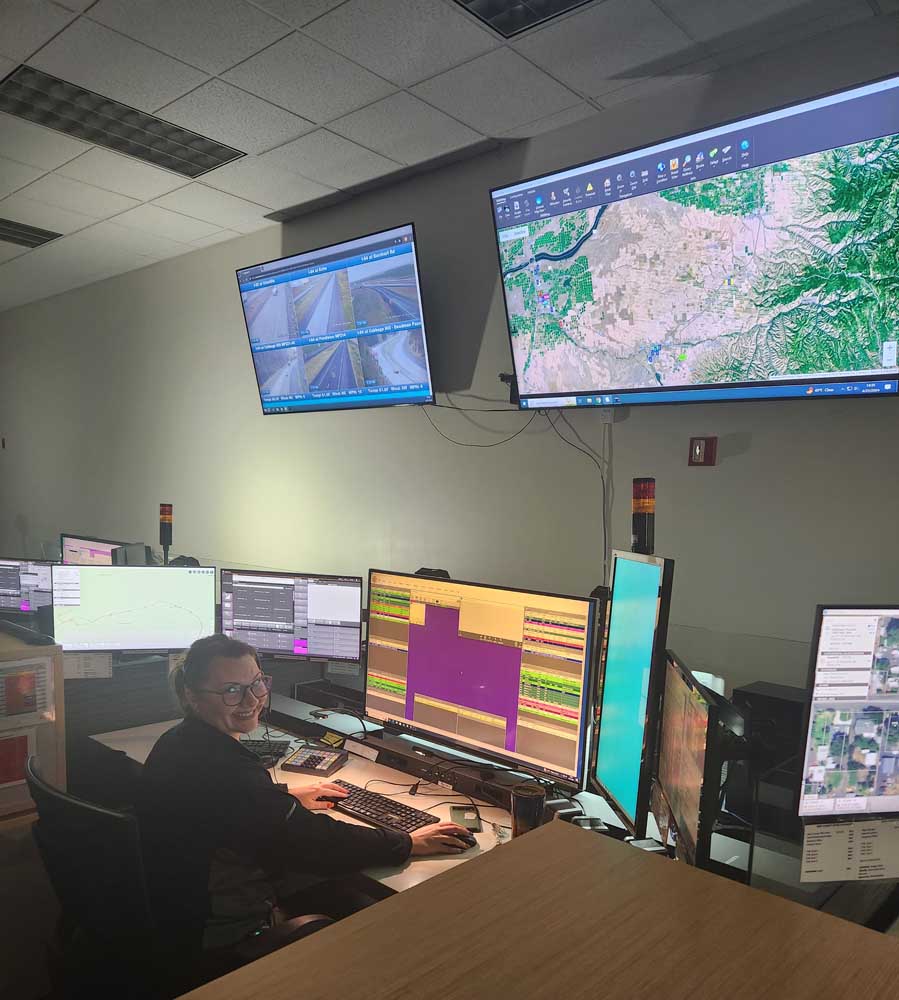Pacific Northwest volcano is forecast to erupt within 4 years (but it isn’t in the Cascades)
Published 1:00 pm Friday, December 27, 2019

- The Axial Seamount is the most active volcano in the Pacific Northwest.
SALEM — Scientists are forecasting that the Pacific Northwest’s most active volcano will erupt sometime between 2020 and 2024.
The volcano isn’t one you’ll see driving along the Cascade Range; instead, you’d have to look 1.5 miles deep in the ocean to find it. It’s called the Axial Seamount and it’s located about 300 miles due west of Astoria at the edge of the Juan de Fuca plate. If the volcano were on land, it would be one of the taller mountains in Oregon’s Coast Range.
Trending
Oregon State University’s Bill Chadwick made the eruption forecast at a scientific meeting this month. His forecast is based on measurements taken on the seafloor around the seamount.
“One of the ways that volcanoes are monitored around the world is to look for changes in their shape, like if the ground is being uplifted or subsiding,” Chadwick said. “What you’re interested in is magma moving in or moving out, or is it just slumbering?”
Axial Seamount has changed quite a bit over the last decades, with the surface gradually rising between eruptions, then suddenly dropping back down.
“It’s erupted three times in the last 21 years. That’s more than Mount St. Helens and any of the volcanoes in our neighborhood. So it’s gotten a lot of our attention and we’re trying to learn as much from it as we can,” he said.
An expansive seafloor monitoring network installed in 2014 has allowed Chadwick to monitor Axial Seamount in real time. Over the past few years, he’s watched the volcano slowly grow.
“We’re using that repeated pattern of inflation and deflation to try to anticipate when the next eruption might be,” he said.
Trending
Chadwick says making such a straightforward and public forecast is its own kind of experiment.
“We’re just kind of doing this forecasting … to see if it works. In my mind it’s more honest and more of a test to see if it’s really useful to do it before something happens, because it’s easy to kind of fool yourself in hindsight or spin it a certain way,” he said.
Other scientists in the Pacific Northwest are also monitoring the seamount for signals of eruption.
University of Washington’s William Wilcock studies earthquakes at Axial Seamount. The seismic activity gives indications of what’s happening inside the volcano.
“Immediately after an eruption, there are very few earthquakes, and then the number of earthquakes steadily increases as the volcano inflates,” he said. “So after the eruption in 2015, the number of earthquakes that we recorded went down to just a handful and it’s now up to maybe 50 a day.”
Wilcock says he believe that Bill Chadwick’s forecast is in the right ballpark.
“My personal view is it’s probably more likely in 2022 to 2024. But I think there’s some uncertainty,” he said.
Unlike the eruption of land-based volcano, like Mount St. Helens, the eruption of the Axial Seamount won’t cause any problems for humans.
“For the size of eruptions we’ve seen in the last 20 years … if you were on top of it on a boat, you would never know it,” OSU’s Chadwick said. But the forecast eruption does provide a unique opportunity scientifically.
“There’s a lot of interest in trying to set up experiments, to basically observe more of (the volcanic processes) as it’s happening,” Wilcock said.









